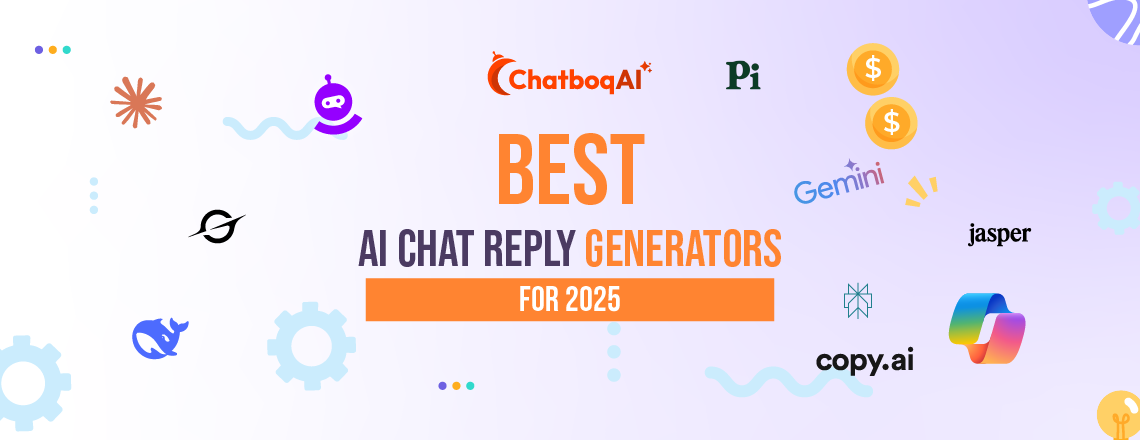
Best AI Chat Reply Generators for 2025
Artificial Intelligence has been a crucial part of our life with changing the way we communicate, work and run businesses. These new technological developments have emerged and created a pathway for a new future. One of the applications it has created is chatbots and response generators that are used extensively in 2025. From content creation, customer service, and sales to personal productivity, these AI-driven bots have been transforming the way we interact online.
📑 Table of Contents
- Best AI Chat Reply Generators for 2025
- Key Highlights
- How do AI chat reply Generators work?
- Detailed Reviews of the Top AI chat Reply generators
- Comparison and use cases of AI chat reply Generators
- Best AI generators by Use case
- Future Trends in AI reply generators
- Conclusion
- Frequently Asked Questions (FAQs)
In 2025, the AI chatbot industry will have grown and will be far superior to other devices. They have completely removed the help line support done by humans, with a huge number of errors. Rule-based chatbot builders use advanced large language models(LLMs) and reasoning models that adapt to context, learn from business data, and deliver personalized,human-like interactions.
The development of large language models (LLMs) such as GPT-4o, Claude 3.5, Gemini 2.5, and Grok-3 is intimately linked to the emergence of these tools. Today’s AI reply generators use deep learning, real-time reasoning, and multimodal skills to comprehend context and produce responses that genuinely feel human, in contrast to the earlier chatbots that were mired in their scripted ways. This implies that individuals do more than simply react; they also adjust, pick things up, and have constructive and organic interactions.
But picking the best AI chat reply tool can be challenging given the abundance of options available. While some choices, like Flowrite or Jasper, are designed for creating polished emails and marketing content, others, like Claude or Gemini, are excellent at creating lively and insightful conversations.
There are various AI Chat reply generators to choose from in 2025. But the most influential and popular among them is ChatGPT by OpenAI. This reply generator is viewed as one of the advanced ways to get answers from the browser. We will have a brief exploration of the best AI chatbot reply generators and why they are so influential in this topic.
Key Highlights
| How do AI chat reply Generators work? Detailed Reviews of the Top AI chat Reply generators. Comparison and use cases of AI chat reply Generators Best AI generators by Use case Future Trends in AI reply generators |
How do AI chat reply Generators work?
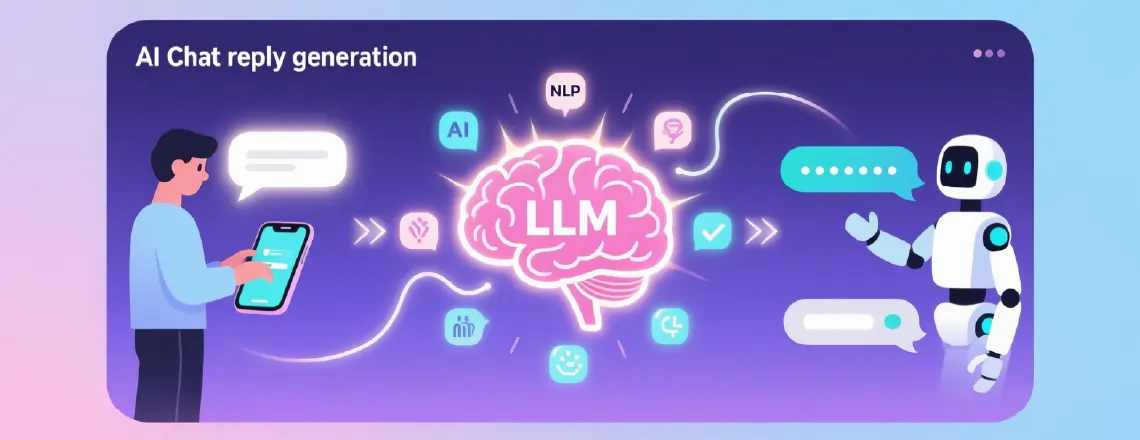
As the technology around us is changing rapidly, AI reply generators are becoming more powerful than ever. Gone are the times when chatbots were little more than decision trees with canned responses; modern AI chat generators are built on large language models (LLMs) that can reason, adapt, and mimic human communication styles.
1. Core technology: Large Language Models(LLMs)
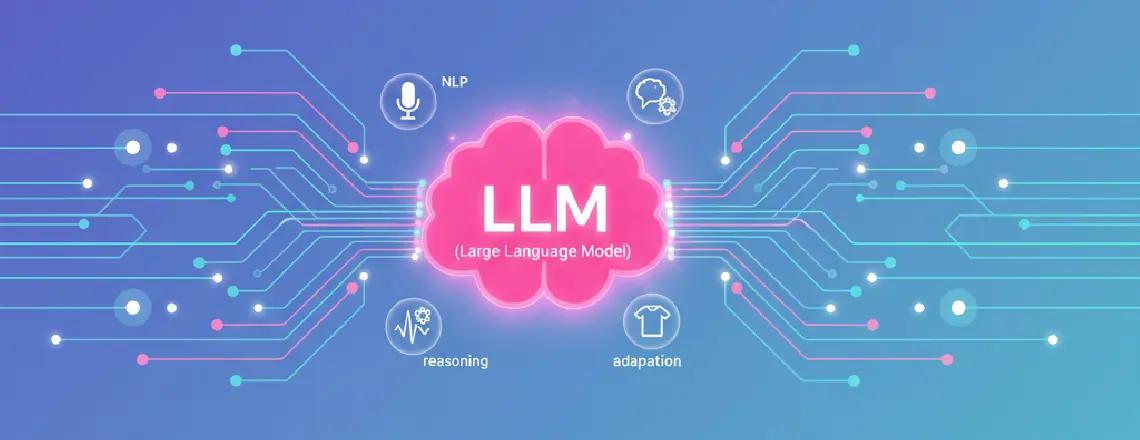
Transformer LLMs are intriguing because they can learn on their own, or more precisely, they can learn on their own. They acquire a multitude of knowledge, including the fundamentals of grammar and several languages, in this way.
Transformers can process complete sequences, as opposed to older Recurrent Neural Networks (RNNs) that process inputs one at a time.
2. Input Processing and Context Awareness

Take a navigation app, for example. The way someone interacts with it while walking is completely different from how they would when driving. A design that’s aware of context would recognize this difference and adapt, maybe by providing larger buttons and voice commands to make it easier to use on the go.
3. Customization and Tone Control
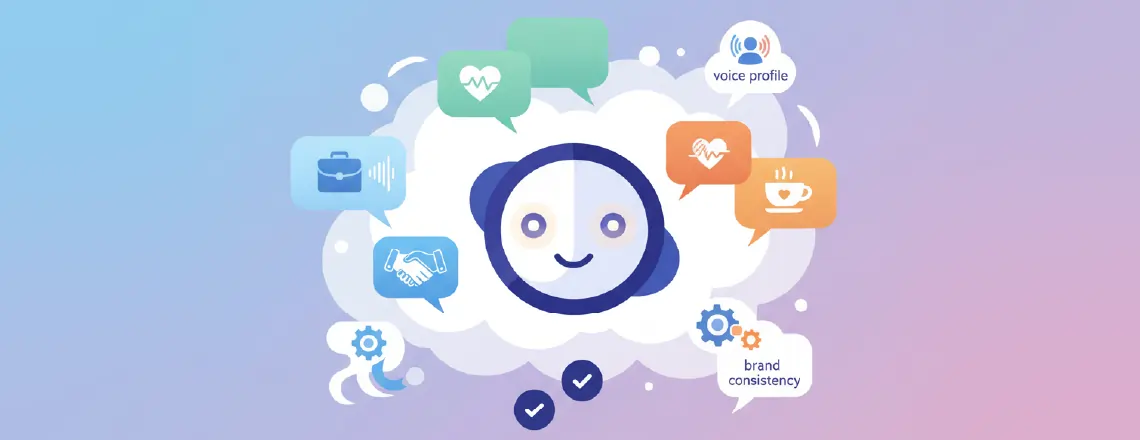
One of the most exciting advancements in AI reply tools by 2025 is their ability to adapt tone. Most platforms allow users to choose or tweak how responses are phrased.
Options could range from professional and persuasive to empathetic, concise, and casual.
Some tools even offer “voice profiles,” enabling businesses to maintain a consistent brand voice across all platforms.
For example, Flowrite and Jasper focus on marketing and sales emails, where tone customization is key. On the other hand, Claude and Gemini shine in conversational contexts.
4. Integration with Apps and Workflows
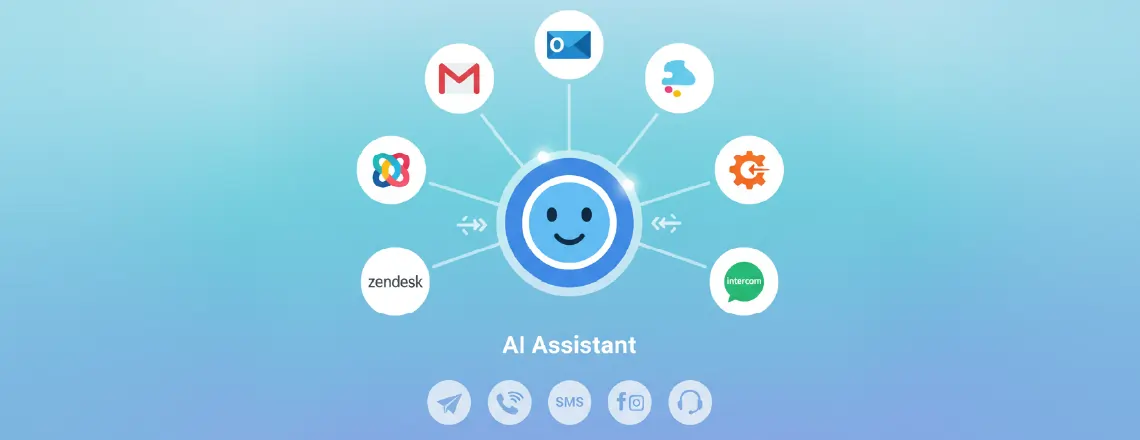
AI reply generators in 2025 are no longer isolated tools you copy and paste from. They have evolved into deeply embedded assistants within existing systems, making them practical for real-world productivity.
- Email and Communication Platforms: Many tools integrate directly with Gmail, Outlook, or Slack. Instead of switching tabs, replies can be drafted in-line with AI suggestions tailored to ongoing conversations.
- Customer Support and CRM: Businesses can connect AI reply engines to platforms like Zendesk, HubSpot, or Intercom. This means support agents get real-time suggestions based on prior tickets, knowledge bases, and customer history.
- Workflow Automation: Some reply generators link with automation platforms such as Zapier, Make, or native APIs. This allows a response to trigger other actions, such as logging a lead into a CRM, scheduling a follow-up, or updating records.
- Omnichannel Presence: Modern tools ensure consistency across channels, whether email, SMS, social media, or live chat, so businesses maintain the same tone and accuracy everywhere.
This tight integration makes AI reply generators far more than typing assistants. They have become workflow accelerators that reduce manual work and embed intelligence directly where it is needed.
5. Privacy Concerns
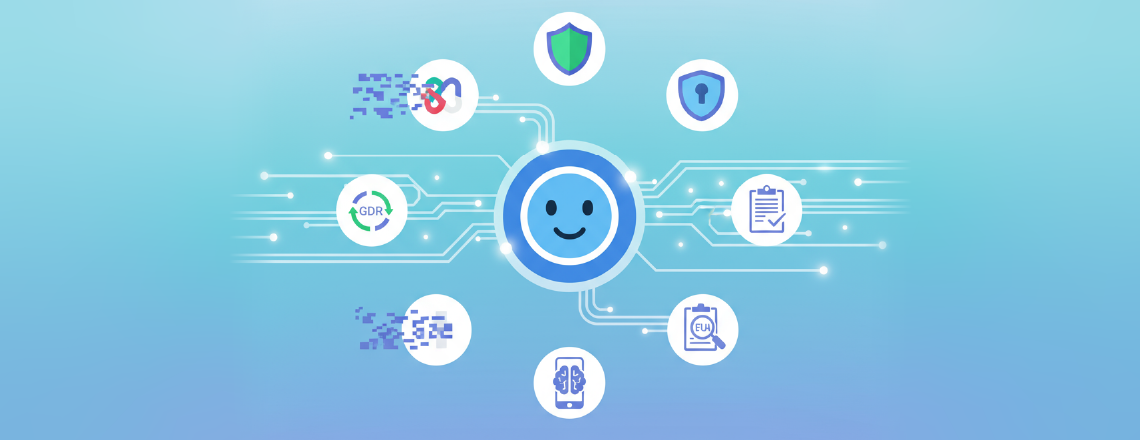
As AI becomes woven into sensitive communication, privacy and data security are at the forefront. Users want the convenience of AI without losing control over their personal or business information. Leading reply generators are addressing this with several practices:
- End-to-End Encryption: Inspired by privacy-first services like Proton Lumo, many reply generators now ensure messages remain fully encrypted between the user and recipient, protecting data from interception.
- On-Device Processing: Instead of sending everything to cloud servers, specific platforms run AI locally on the user’s device. This reduces the risk of exposing sensitive conversations and keeps confidential data, such as health or legal details, secure.
- Opt-Out of Training Data: Users and organizations are being given the choice to prevent their messages from being added to future training datasets. This is crucial for industries like law, medicine, and finance, where privacy is essential.
- Regulatory Compliance: Many AI reply systems comply with GDPR, HIPAA, or region-specific privacy laws. Features like data retention limits, secure audit trails, and role-based access are becoming standard.
The focus is not only on making AI smarter but also on making it trustworthy. Privacy-first features are now a deciding factor in whether businesses adopt a particular reply generator.
Detailed Reviews of the Top AI chat Reply generators
AI reply generators have evolved beyond being just standalone tools, highlighting their strengths, weaknesses, and ideal use cases.
1. Google Gemini (2.5 Pro & 2.5 Flash)

Google’s Gemini series has quickly become a go-to in 2025. Gemini 2.5 comes in two flavors:
- Flash (quick and lightweight, perfect for fast tasks).
- Pro (slower but offers deeper reasoning with its “Deep Think” mode).
Weaknesses
- Responses can sometimes come off as “overly formal” compared to Claude’s more conversational tone.
- Heavily tied to Google’s ecosystem, best suited for those who are already in the Google camp.
Best For
- Students, researchers, and professionals who depend on real-time data and Google applications.
2. Grok-3 (xAI by Elon Musk)

Launched in early 2025, Grok-3 is the latest version from xAI. Known for its clever personality and seamless integration with X (formerly Twitter), Grok-3 has made significant strides with its “Big Brain” mode.
Strengths
- DeepSearch, summarizes live web results in just seconds.
- More edgy and entertaining compared to traditional AI bots.
- Excellent for research-heavy tasks and real-time updates.
Weaknesses
- Its personality might come off as too “casual” for formal business settings.
- Still working on catching up with competitors in terms of safety alignment.
Best For
- Power users looking for quick, witty responses and real-time web insights.
3. DeepSeek (R1)

DeepSeek R1 is a free and open-source model that’s shaking up the AI scene by showing that high-performance models don’t have to be closed-source or pricey.
Strengths
- Completely free and open-source.
- Outstanding for tasks that require reasoning and logic.
- Community-driven with a focus on transparency in model design.
Weaknesses
- Lacks the polished user interface and integrations found in commercial tools.
- Might need some technical skills to set up properly.
Best For
- Developers, researchers, and privacy-minded users who appreciate transparency and open access.
4. Perplexity

Perplexity shines by combining AI chat with real-time, source-cited search results. It’s often likened to an “AI-powered Google Search.”
Strengths
- Every response is backed by source links, enhancing trustworthiness.
- Ideal for research, fact-checking, and academic purposes.
- Strong conversational follow-ups and the ability to dive deeper into topics.
Weaknesses
- Less creative than Claude or Gemini.
- Best suited for factual inquiries rather than storytelling or marketing.
Best For
Researchers, journalists, and students require AI that provides citations and ensures reliability.
5. Microsoft Copilot

Microsoft’s Copilot is seamlessly integrated into the Office 365 suite (Word, Excel, Outlook, Teams). It operates on GPT-4o, combined with Microsoft’s productivity tools.
Strengths
- Perfectly integrated with Word, Excel, and Outlook.
- Can draft emails, presentations, and reports in a matter of seconds.
Weaknesses
- Works best only within the Microsoft ecosystem.
- Subscription fees can be steep for small businesses.
Best For
- Companies and professionals who are deeply integrated into Microsoft 365 tools.
- Privacy and security in their AI interactions.
6. Pi (Inflection AI)

Pi is crafted to be your personal AI buddy, emphasizing empathy and emotional intelligence.
Strengths
- Friendly, engaging, and emotionally aware.
- User-friendly interface that’s a breeze to navigate.
- Perfect for casual chats and boosting personal productivity.
Weaknesses
- Not ideal for tackling complex tasks or enterprise-level workflows.
- Limited integrations when stacked against larger competitors.
Best For
- Individuals seeking a personal AI companion rather than a business tool.
7. Jasper AI, Copy.ai, Flowrite & Other Productivity Reply Tools
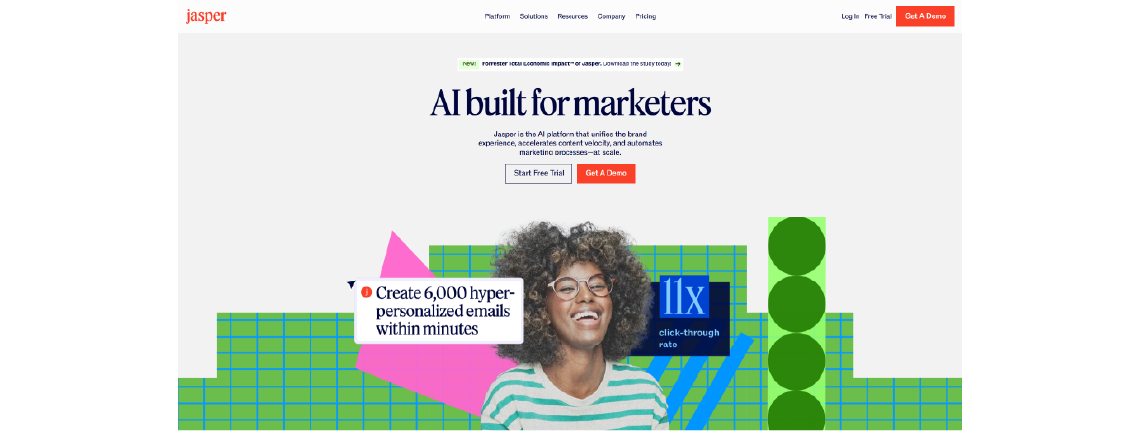
Not every AI reply generator aims to be a “one-size-fits-all” chatbot. Some are tailored for business communication, marketing, and content responses.
- Jasper AI: Excellent for long-form content, SEO writing, and marketing strategies.
- Copy.ai: Perfect for quick, catchy social media responses and advertisements.
- Flowrite: Focuses on email replies, allowing users to choose tones like “professional,” “persuasive,” or “friendly.”
- Hyperwrite & Toolsaday: Concentrate on workflow automation, social media replies, and crafting swift responses.
Strengths
- Highly specialized for professional messaging and marketing needs.
- Saves time by automating repetitive tasks.
- Tone customization adds versatility for teams.
Weaknesses
- Less adept at complex reasoning or open-ended discussions.
- Can sometimes come off as formulaic.
Comparison and use cases of AI chat reply Generators
| AI Tool | Strengths | Weaknesses | Best For |
| Claude (Anthropic) | Human-like replies, safe, strong reasoning | Limited multimodality | Writers, professionals, empathetic chat |
| Google Gemini 2.5 | Multimodal, live data, Google integration | Works best in the Google ecosystem | Students, researchers, productivity users |
| Grok-3 (xAI) | Fast, witty, real-time web search | Informal tone, less safe | Power users, real-time updates |
| DeepSeek R1 | Free, open-source, transparent | Less polished, needs setup | Developers, open-source advocates |
| Perplexity | Cited sources, research-focused | Not creative | Researchers, academics |
| Microsoft Copilot | Office 365 integration, productivity | Subscription costs, MS ecosystem lock-in | Businesses, enterprise users |
| Proton Lumo | Privacy-first, encrypted | Limited integrations | Security-conscious professionals |
| Pi (Inflection) | Emotional intelligence, casual chats | Limited capabilities | Personal use, casual conversations |
| Jasper AI | SEO & marketing writing | Expensive, less reasoning | Marketers, content creators |
| Copy.ai | Fast, short-form content | Repetitive output | Social media replies, ads |
| Flowrite | Email-specific, tone control | Narrow use case | Business communication |
| Hyperwrite / Toolsaday | Workflow automation | Less advanced conversation | Quick replies, productivity hacks |
Best AI generators by Use case

1. For Everyday Human-like Conversations
- Claude → Think of it as your natural, empathetic friend who gets the context.
- Pi → A friendly companion that feels personal and warm.
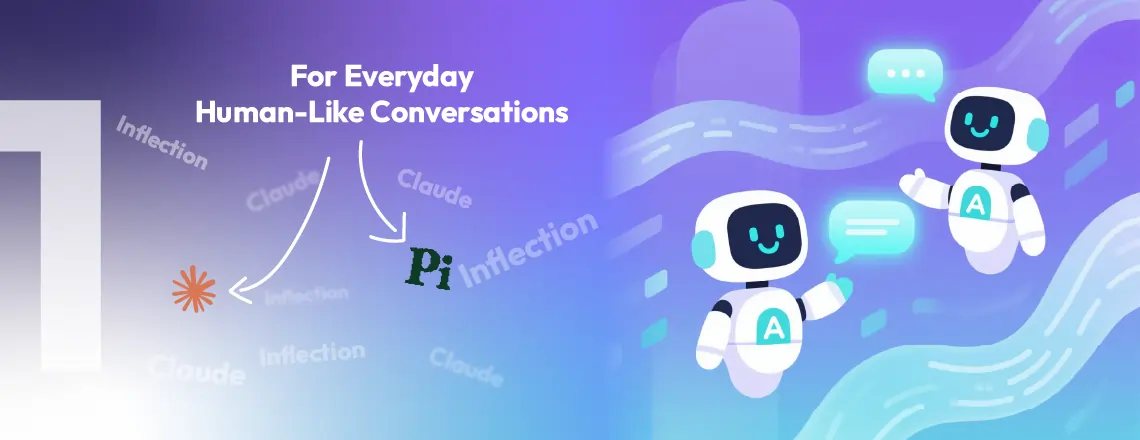
These tools really shine when you’re looking for replies that sound human and not at all robotic.
2. For Research & Academic Work
- Perplexity → The go-to for fact-checking and responses that come with citations.
- Gemini 2.5 Pro → A multimodal tool that works seamlessly with Google Scholar and Docs.
- Grok-3 → Quick summaries of the latest events and web updates.
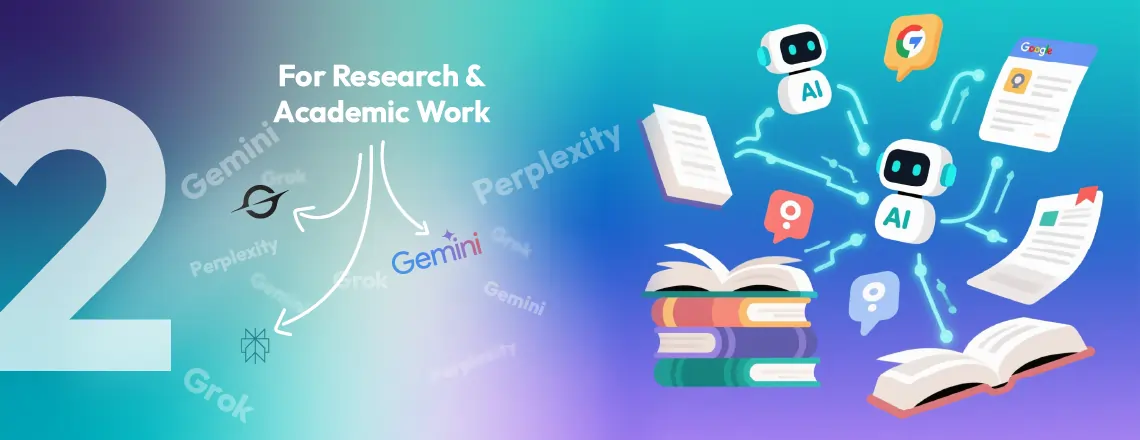
3. For Business & Productivity
- Microsoft Copilot → Works effortlessly within Word, Outlook, Excel, and Teams.
- Flowrite → Your best bet for crafting professional email replies.
- Jasper AI → Great for content marketing, reports, and branded communication.
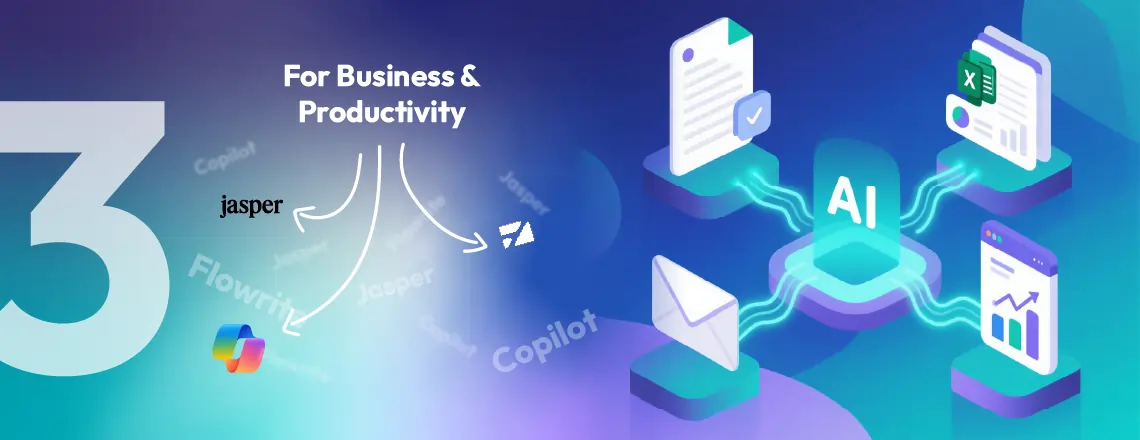
4. For Privacy & Security
- Proton Lumo → Designed with end-to-end encryption for your privacy.
- DeepSeek R1 → An open-source option that offers complete transparency.
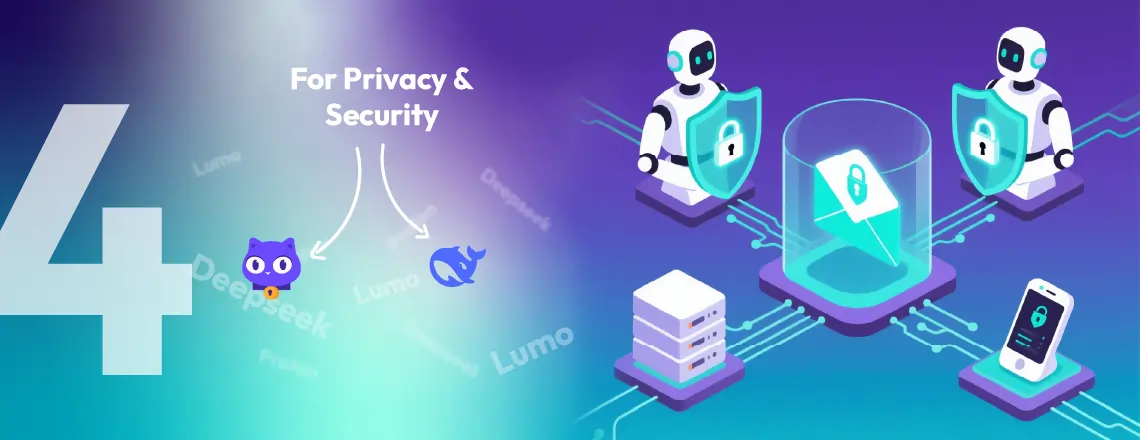
5. For Marketing & Social Media
- Copy.ai → Ideal for those snappy, catchy replies on Twitter/X or Instagram.
- Jasper AI → Perfect for creating long-form marketing campaigns with a personalized tone.
- Hyperwrite → Automates responses to customer reviews and social media posts.
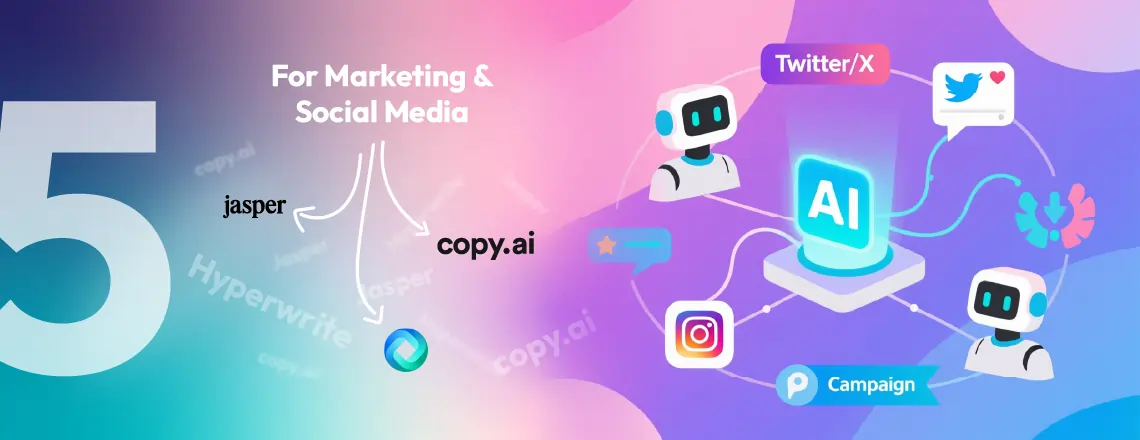
6. For Developers & Power Users
- Claude → Known for its strong coding skills and reasoning abilities.
- DeepSeek R1 → A free, open-source reasoning model that’s quite handy.
- Grok-3 → Provides quick web summaries, making it easy to stay in the loop.
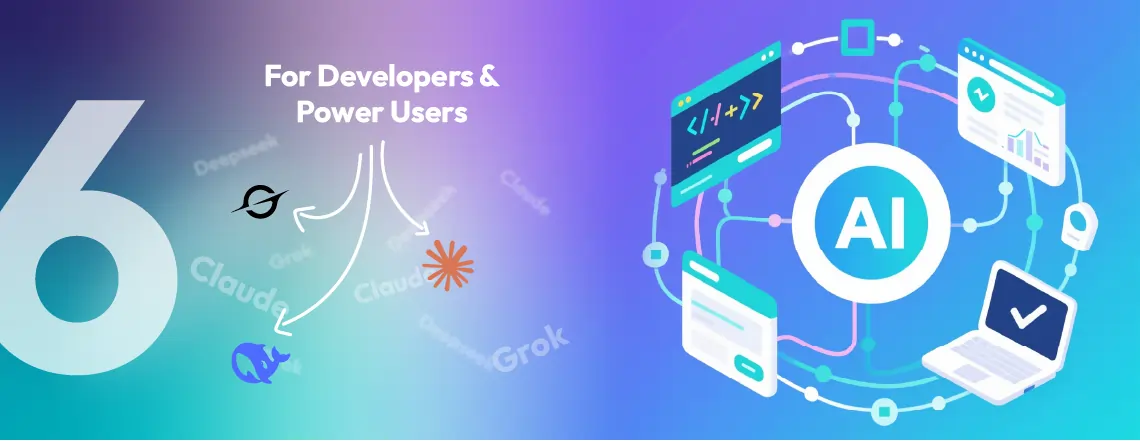
Future Trends in AI reply generators
AI chat reply generators have made incredible strides in just a few years. We’ve gone from the clunky chatbots of the 2010s to today’s smart, adaptable AI agents that can handle multiple forms of communication.
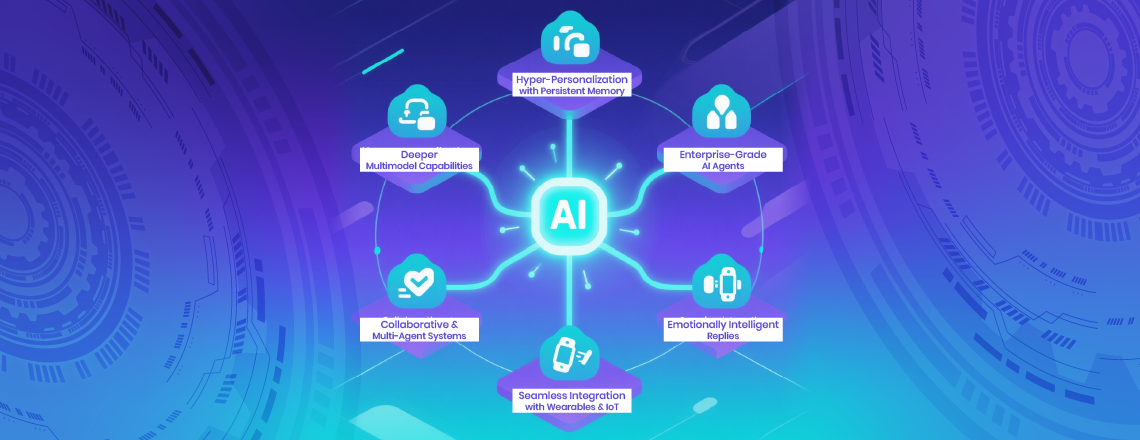
The progress is awe-inspiring! But let’s be clear: 2025 isn’t the finish line; it’s just the starting point for even more exciting innovations. Here’s a look at the trends that will shape the evolution of reply generators in the coming years.
1. Hyper-Personalization with Persistent Memory
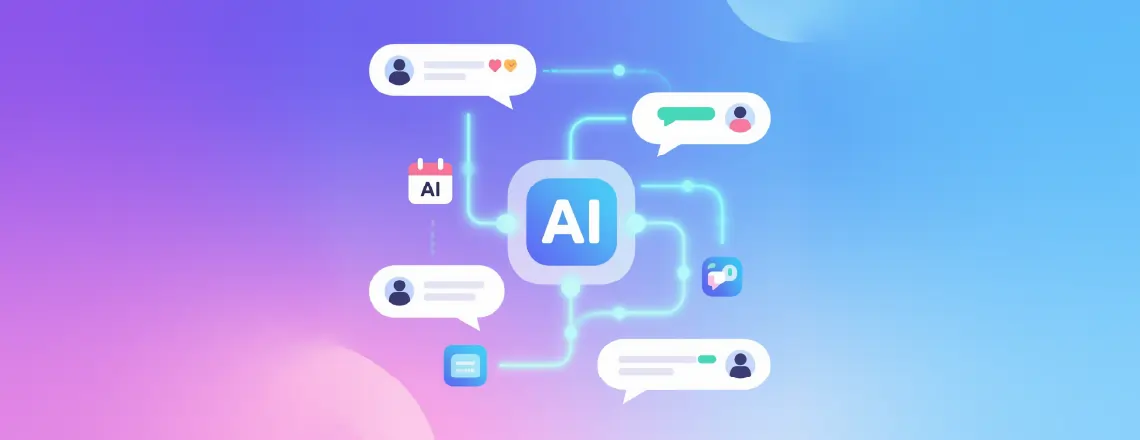
One of the most significant changes on the horizon is the introduction of persistent memory. Instead of treating every interaction as a fresh start, future AI reply generators will remember:
Your unique communication style (whether you prefer formal, casual, or humorous tones).
Your specific preferences (like always signing off emails with “Best regards”).
Your usual workflows (such as your go-to colleagues and favorite apps).
This means AI will be able to craft responses that genuinely reflect “you,” rather than just sounding like a polished assistant. Picture an AI that recalls how you interacted with a client six months ago and perfectly matches that tone in your next conversation.
2. Deeper Multimodal Capabilities
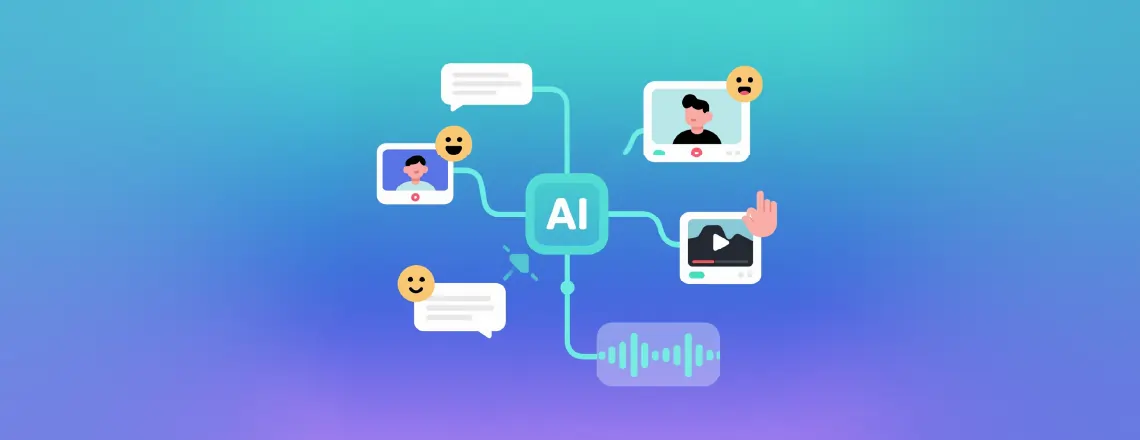
While 2025’s Gemini and GPT-4o already blend text, audio, and images, the future promises even more:
Video comprehension and generation—imagine AI responding to a video message with a voice note or a concise summary.
Real-time translation that adapts to cultural nuances (ensuring replies don’t just translate words but also respect cultural context).
Gesture and emotion recognition during voice or video calls to provide more empathetic responses.
3. Enterprise-Grade AI Agents
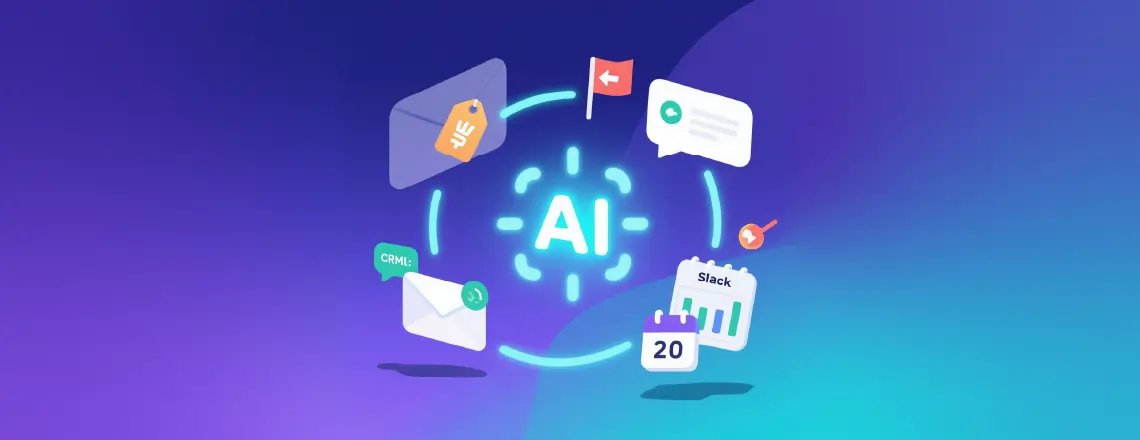
Companies are evolving past basic reply generators to AI agents capable of managing entire tasks, such as :
Reading incoming customer emails, checking CRM data, drafting personalized replies, and scheduling follow-up meetings.
Handling multi-channel communication (email, Slack, LinkedIn, WhatsApp) with cohesive, AI-driven responses.
Making autonomous decisions, like offering discounts to unhappy customers or escalating issues when necessary.
In this new landscape, reply generators will essentially become mini-digital employees.
4. Collaborative & Multi-Agent Systems
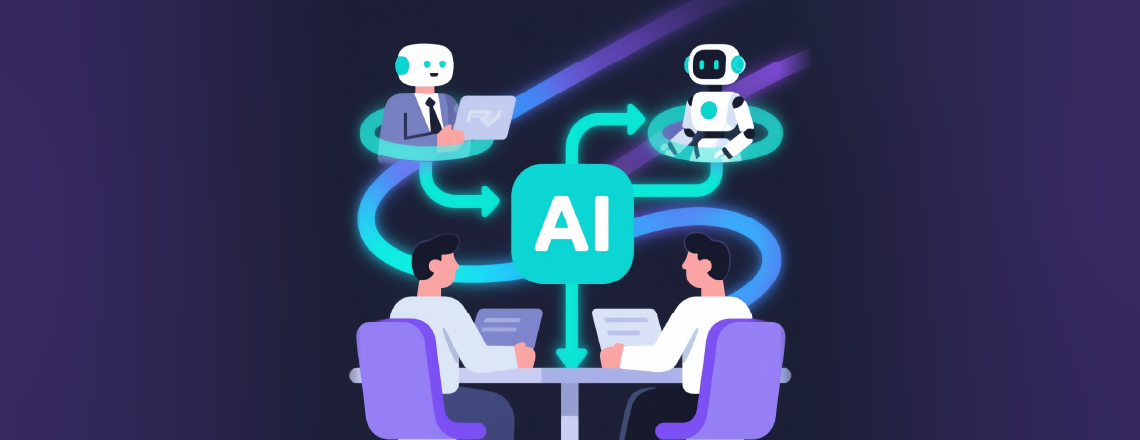
In the future, reply generators won’t be working solo—they’ll team up with other AI agents. For instance:
Imagine an AI that crafts a business response consulting another AI that specializes in legal compliance before hitting send.
Or picture a personal AI assistant working alongside a project management AI to create those all-important progress update emails.
This interconnected web of AI collaborators will make reply generation smarter, safer, and much more aware of context.
5. Emotionally Intelligent Replies

While Pi and Claude already focus on empathy, the next wave of AI reply generators will take emotional intelligence (EQ) to the next level. Get ready for tools that can:
Pick up on subtle emotions in user messages (like stress, excitement, or even sarcasm).
Craft responses that acknowledge those feelings with grace.
Adjust to different cultural and personal communication styles, steering clear of generic tones.
This will be particularly beneficial in areas like customer service, therapy support, and building strong relationships.
6. Seamless Integration with Wearables & IoT
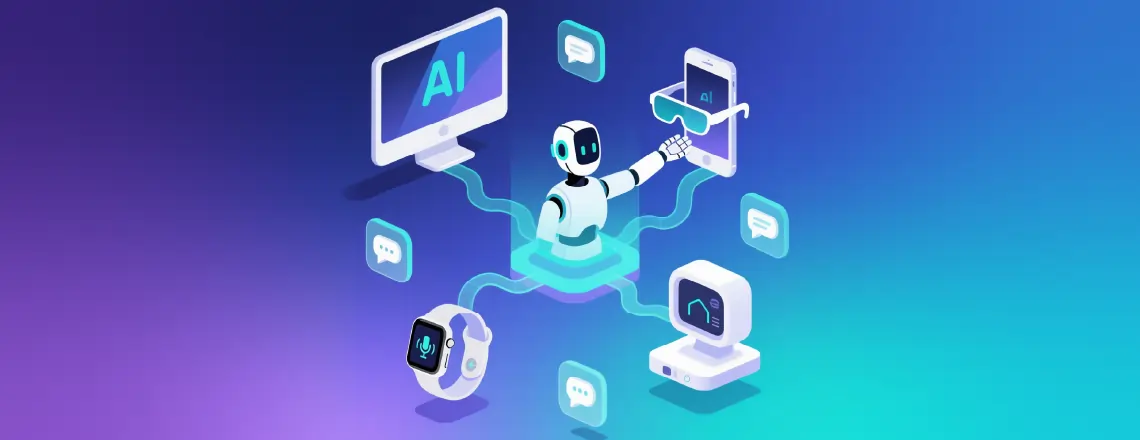
Soon, AI reply generators will extend their reach beyond just desktops and smartphones:
Smart glasses (like Meta’s Ray-Ban AI glasses) might offer real-time reply suggestions during conversations.
Wearables could whip up quick responses based on the situation (for example, an AI wristband generating a polite excuse when you need to decline a call).
Voice assistants in cars and smart homes will become more conversational, responding naturally to questions as they come up.
Conclusion
In 2025, AI chat reply generators have evolved from basic productivity tools into dynamic communication partners. Whether you’re crafting a quick response for customer service, writing a compelling marketing email, or verifying research for an academic paper, there’s an AI solution designed just for you.
If you’re looking for a human-like conversation, Claude is at the forefront.
For real-time research and multimodal capabilities, Gemini 2.5 and Grok-3 are the stars of the show.
When it comes to productivity within ecosystems, Microsoft Copilot (Office) and Flowrite (email) are simply unmatched.
If privacy is your main concern, Proton Lumo and DeepSeek R1 are the ones to consider.
For marketing and social media needs, Jasper AI and Copy.ai make content creation a breeze.
The real question isn’t, “Which AI is the best?” but rather, “Which AI fits my needs best?” The landscape in 2025 is brimming with options, allowing you to choose a reply generator that aligns with your tone, workflow, and values.
Looking ahead, AI reply generators are set to become hyper-personalized, multimodal, emotionally intelligent, and privacy-focused. They won’t just automate responses; they’ll enhance our ability to communicate more effectively, empathetically, and authentically.
For businesses, this translates to better customer engagement and improved operational efficiency. For individuals, it means reduced stress, quicker replies, and more meaningful conversations. In both scenarios, the rise of AI reply generators signifies not the end of human communication but the dawn of a new era where humans and AI work together to make communication smarter, smoother, and more impactful.


Leave A Comment